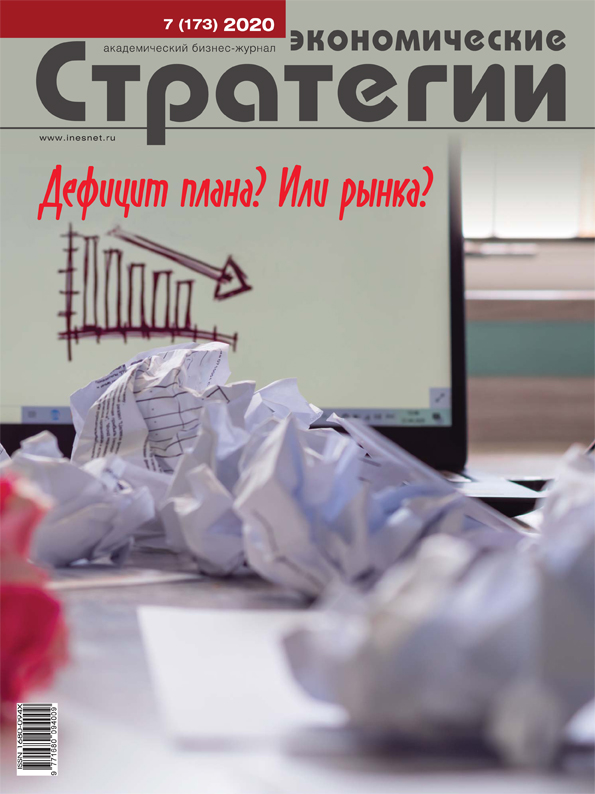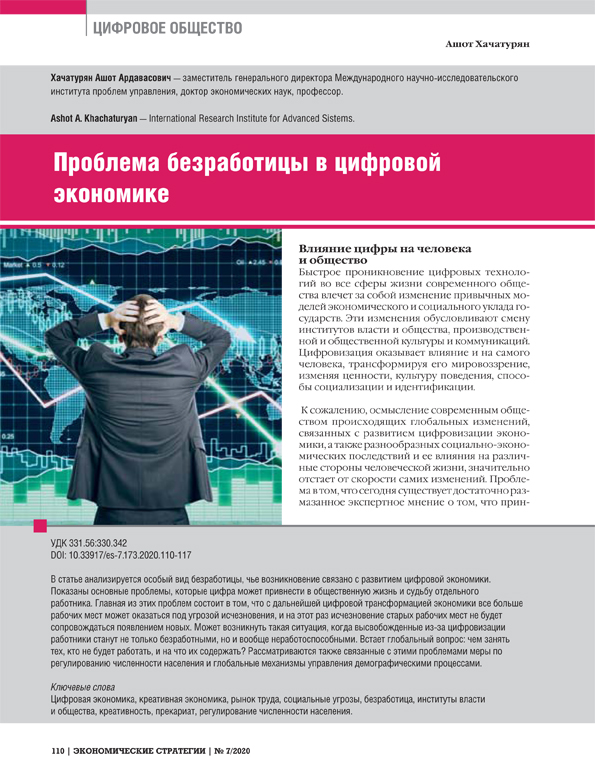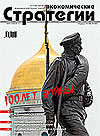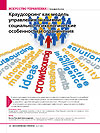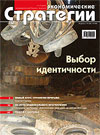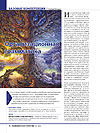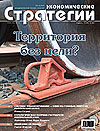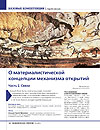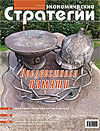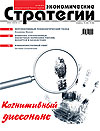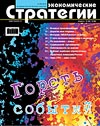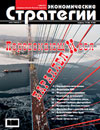Artificial intelligence and natural intelligence: relationships, opportunities and limitations
DOI: 10.33917/mic-5.118.2024.14-25
Artificial intelligence and natural intelligence are two types of intelligence coexist in the world today. Despite the artificial intelligence is still little studied, it is changing all areas of human activity. It is a universal tool allows people to rethink how we integrate information, analyze data, and use insights to improve decision-making. The study analyzes areas where artificial intelligence and natural intelligence are unique. It also reveals the artificial intelligence positive value for natural intelligence. Artificial intelligence algorithms are not like passive machines capable of mechanical or predetermined responses. It combines information from different sources, instantly analyzes the material and displays information results obtained from the data. Data form can vary and may be as digital information, satellite imagery, visual information, text or unstructured data. Due to massive improvements in storage systems, processing speed, and analytical techniques, artificial intelligence is capable of incredibly complex analysis. The article identifies the main differences and similarities in the artificial and natural intelligence characteristics, as well as the exceptional capabilities of these concepts. Despite the natural intelligence is endowed with a creative component that nothing can supplant so far, artificial intelligence is already changing the world and raising important issues for the social, economic and political spheres. Artificial intelligence acts as an assistant to natural intelligence. Artificial intelligence is not a futuristic concept, but rather something that exists today, being integrated and implemented in various sectors. This includes areas such as finance, national security, healthcare, litigation, transportation, construction, and industry. There are many examples of how AI is already making an impact on the world and significantly expanding human capabilities.
References:
1. Kant I. Critique of Pure Reason / Translated from German by N. Lossky, verified and edited by Ts.G. Arzakanyan and M.I. Itkin, note by Ts.G. Arzakanyan. Moscow: Mysl, 1994. 591 p.
2. Osipov G.S., Velichkovsky B.M. Artificial Intelligence. The Great Russian Encyclopedia 2004–2017. URL: https://old.bigenc.ru/mathematics/text/2022537?ysclid=lxnb09fze448915724
3. Bridges A., Royka A., Wilson T. et al. Bumblebees Socially Learn Behavior Too Complex to Innovate Alone. Nature. URL: https://www.nature.com/articles/s41586-024-07126-4
4. Marx K., Engels F. Works. v. 46, part 2. 652 p.
5. Kozlowski P. Postmodern Culture: Social and Cultural Consequences of Technical Development: Transl. from Germ. 1997. 240 p.
6. Lepskiy V.E. Artificial Intelligence in Subjective Management Paradigms. Philosophical Sciences. 2021;64(1):88–101.
7. Glukhikh V.A., Eliseev S.M., Kirsanova N.P. Artificial Intelligence as a Problem of Modern Sociology. DISCOURSE. 2022;8(1):82–93.
8. Belikova E.K. Popov E.A. Modern problems of the relationship between natural and artificial intelligence in the paradigm of culture. Social problems of society development. Sociology of culture. 2023;11: 9–13.




